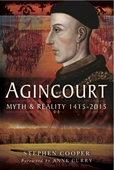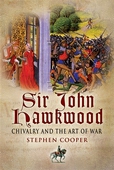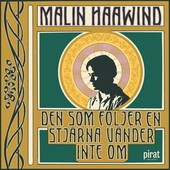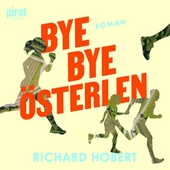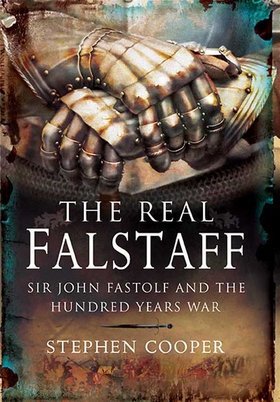
Lägg till önskelistan
The Real Falstaff e-bok
Pris
115 kr
‘That trunk of humours, that bolting-hutch of beastliness, that swolen parcel of dropsies, that huge bombard of sack, that stuffed cloak-bag of guts, that roasted Manningtree-ox with the pudding in his belly, that reverend vice, that grey iniquity, that father ruffian, that vanity in years... wherein is he good but to taste sack and drink it... wherein worthy but in nothing.’ Prince Hal on Falstaff (Henry IV Part I, Act II, Scene 4)
Sir John Fastolf was one of the most famous En...
E-Bok
115 kr
Pris
Förlag
Pen and Sword
Utgiven
23 Februari 2021
Längd
224 sidor
Genrer
Historia & Arkeologi, Biografier & Memoarer, Fackböcker
Språk
English
Format
epub
Kopieringsskydd
Vattenmärkt
ISBN
9781844687749
‘That trunk of humours, that bolting-hutch of beastliness, that swolen parcel of dropsies, that huge bombard of sack, that stuffed cloak-bag of guts, that roasted Manningtree-ox with the pudding in his belly, that reverend vice, that grey iniquity, that father ruffian, that vanity in years... wherein is he good but to taste sack and drink it... wherein worthy but in nothing.’ Prince Hal on Falstaff (Henry IV Part I, Act II, Scene 4)
Sir John Fastolf was one of the most famous English knights and military commanders of the Hundred Years’ War, and is commonly thought to be a model for Sir John Falstaff, one of Shakespeare’s greatest characters. This book examines the link in full. Most of Fastolf’s life was spent fighting the French, and he lived long enough to witness both the triumphs of Henry V, and the disasters of the 1450s. He was one of the last representatives of generations of brave but often brutal English soldiers who made their careers – and their fortunes – waging war in France.
His story and the story of declining English fortunes during the last phase of the war are the subject of Stephen Cooper’s fascinating new study. He retraces the entire course of Fastolf’s long life, but he concentrates on his many campaigns. A vivid picture of the old soldier emerges and of the French wars in which he played such a prominent part. But the author also explores Fastolf’s legacy – his connection to the Paston family, which is famous for the Paston letters, and the use Shakespeare made of Fastolf’s name, career and character when he created Sir John Falstaff.

